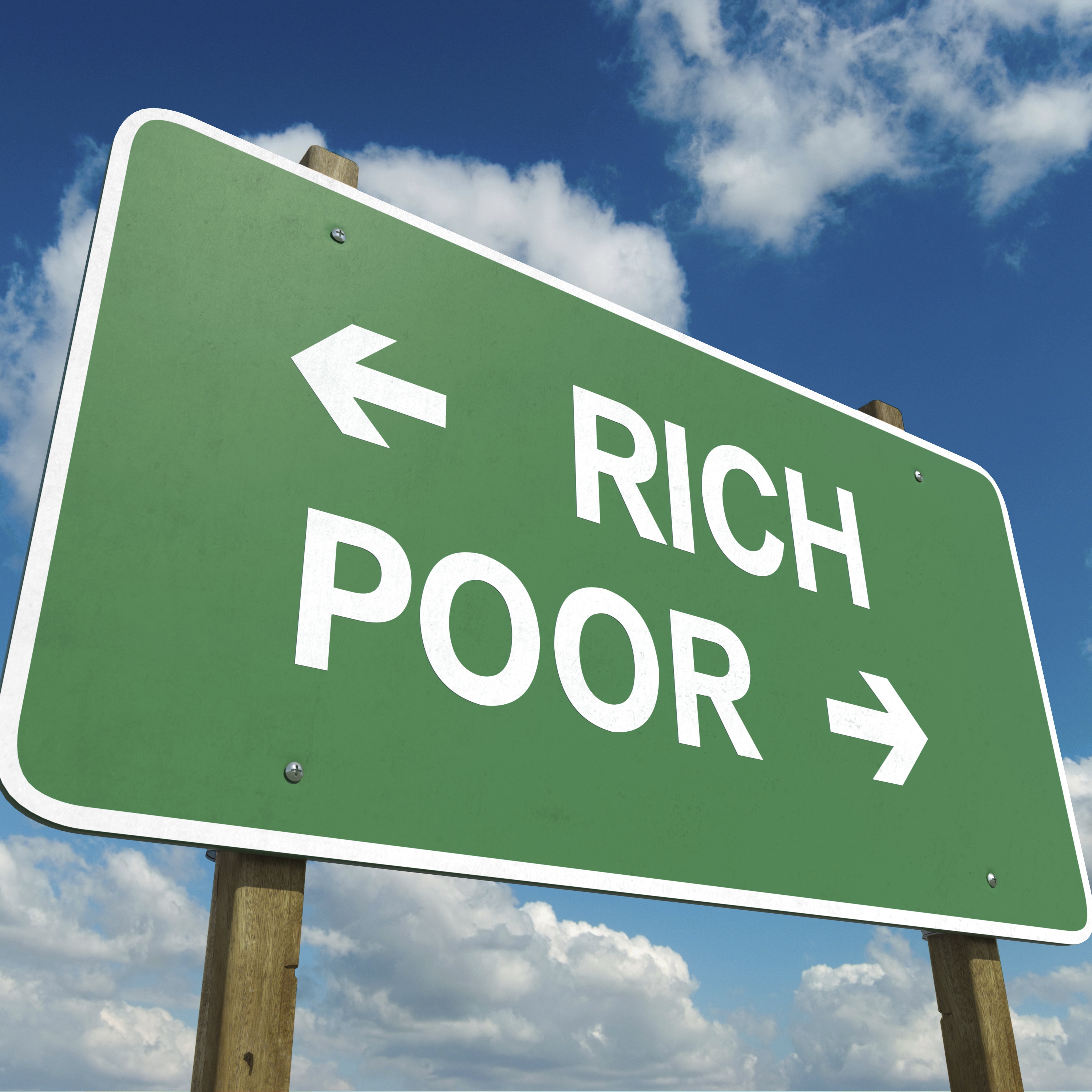
Over the past 30 years or so, the gap between household incomes of those who earn a lot and those who earn less has widened. The top 10% of U.S. earners took home half of all income in 2012, and the top 1% took home 20%, according to economists Emmanuel Saez and Thomas Piketty.
That’s not particularly news. What may be news is the degree of inequality in a particular city or metropolitan area. And the income disparities are wide regardless of the relative wealth of a given city. Disparity rates are high in wealthy cities like New York and San Francisco and in struggling cities like Buffalo and Miami.
A recent report from the Brookings Institution looked at income disparities in the 100 largest U.S. cities and surrounding metropolitan areas to determine where income inequality was greatest.
According to Alan Berube, Brookings senior fellow, income inequality is not spread around evenly:
In general, older cities with fewer middle-class neighborhoods and larger amounts of subsidized housing tended to exhibit higher inequality. Newer, more geographically expansive cities such as Columbus, Jacksonville, and Virginia Beach, as well as those with stronger middle-class employment like Allentown and Oxnard, had among the lowest levels of income inequality.
Four central cities with the highest levels of inequality are located in one of the 10 most unequal metro areas. The inequality score is the ratio between the 2016 earned incomes of the top 5% of households and the bottom 20% of households.
The most unequal cities are Atlanta, where the top 5% earn 18.1 times more than the bottom 20% ($306,307 compared to $16,927), and Washington, D.C., where the top 5% earn an average of $352,958, 17.5 times more than the bottom 20% that earn an average of $20,152.
The most unequal metro areas are Bridgeport, Connecticut, where the top 5% earn 14.2 times more than the bottom 20%, and New York, where the top 5% earn 12.0 times as much as the bottom 20%.
The two cities where the difference is smallest are Deltona, Florida, and Virginia Beach, Virginia. Deltona’s top 5% earn 4.5 times more than the lowest 20%, and the top 5% of earners in Virginia Beach earn 5.9 times more than the bottom 20%.
The least unequal metro area is Ogden, Utah, where the top 5% earn 5.2 times the earnings of the bottom 20%. Salt Lake City and Provo tied for second with a 6.5-times disparity.
The somewhat better news is that the number of cities where the disparity increased between 2014 and 2016 (five) was smaller than the number where the disparity decreased (eight). In only one city — Rochester, New York — did low-income households suffer a statistically significant decline in income.
The news was not so good for metro areas. Between 2014 and 2015, 12 metro areas posted a statistically significant increase in income inequality while just eight posted a decline.
Two-year gains at the top of the scale were steep in some cities. In San Francisco, for example, the top 5% raised their income by nearly $120,000. The inequality ratio did not change in San Francisco, according to Brookings, but the distance between its bottom 20% of incomes and its top 5% of incomes grew by an estimated $114,000.
The city with the biggest bump in income for the bottom 20% of households was Raleigh, North Carolina, where incomes rose by $7,200. That’s a 30% increase, but, in absolute terms, well below the $35,000 boost for the top 5% of Raleigh households.
The report is available at the Brookings Institution website.
Cash Back Credit Cards Have Never Been This Good
Credit card companies are at war, handing out free rewards and benefits to win the best customers. A good cash back card can be worth thousands of dollars a year in free money, not to mention other perks like travel, insurance, and access to fancy lounges. See our top picks for the best credit cards today. You won’t want to miss some of these offers.
Flywheel Publishing has partnered with CardRatings for our coverage of credit card products. Flywheel Publishing and CardRatings may receive a commission from card issuers.
Thank you for reading! Have some feedback for us?
Contact the 24/7 Wall St. editorial team.
 24/7 Wall St.
24/7 Wall St.

